Biofuel's Future : Optimal Nitrogen Conditions for Algae Growth and Biofuel Production
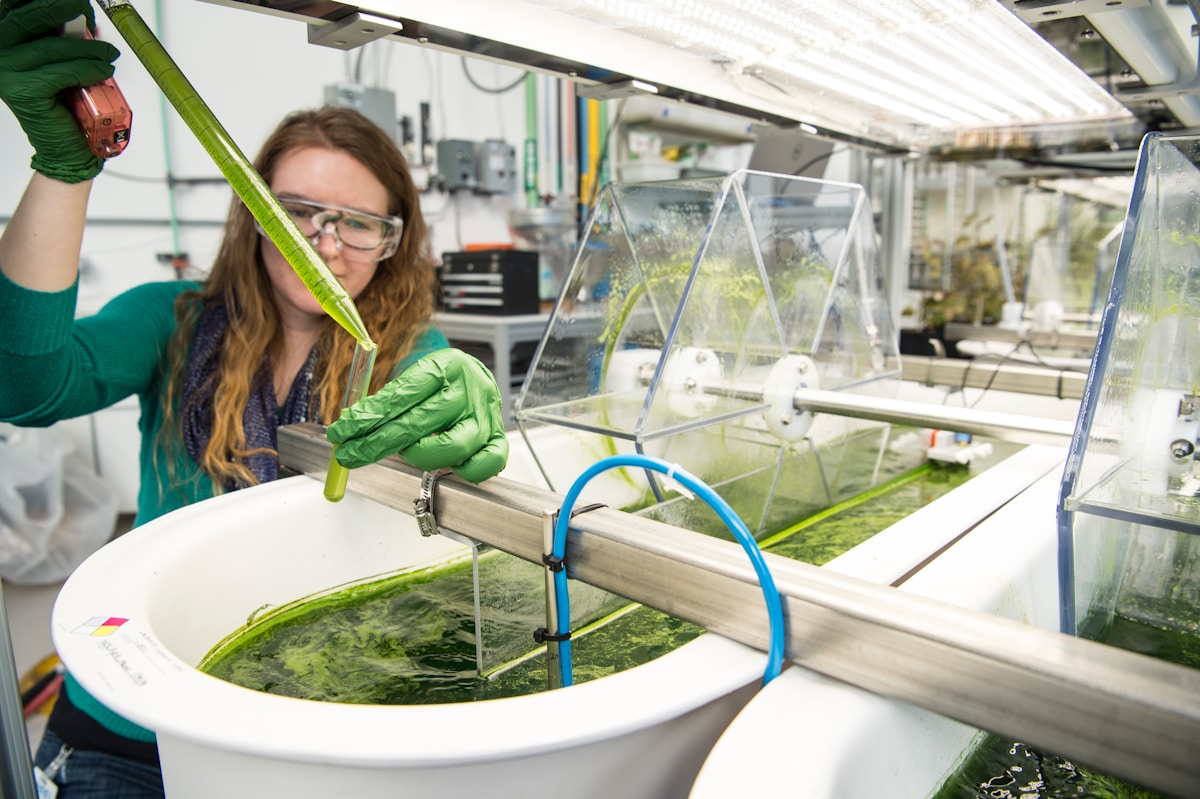
Executive Summary
For decades, fossil fuels and related nonrenewable energy sources have spurred international industrialization and manufactured the global network we live in.
Historically, fossil fuels may have functioned as an auspicious boon, but environmental research and analysis over the past few decades have revealed the significant harms of such energy sources.
By eroding the ozone layer and driving global warming, fossil fuels have accelerated an extreme habitat transformation for a wide array of species and will continue to consume our atmosphere and planet until alternatives are implemented.
To that end, biofuels have recently emerged as a viable alternative, with algae potentially serving as an effective source due to its ubiquity.
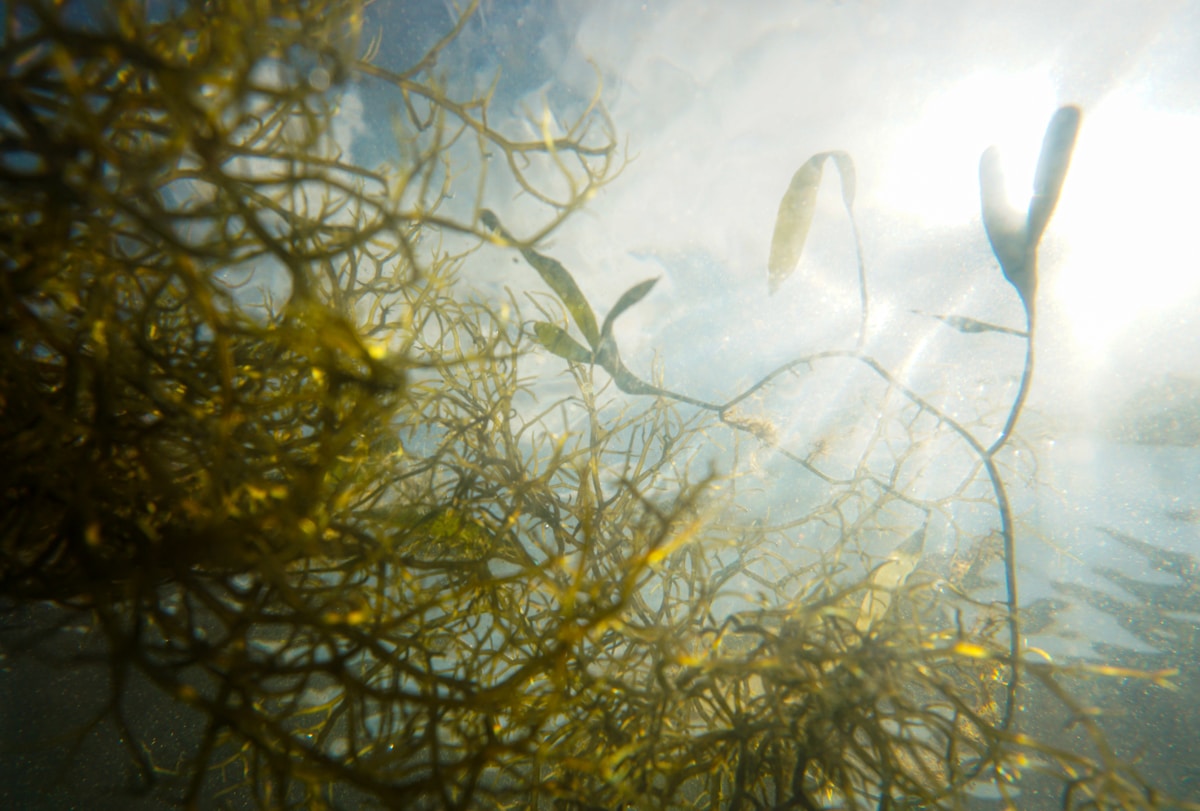
As algae is an organic material, nitrogen bearing nutrients efficiently stimulate algal growth. The purpose of this experiment will be to evaluate the nitrogen conditions that will optimize algal growth. We will use C. reinhardtii and a total of 18 test tubes with 6 different nitrogen concentration levels (0.000 g/mL, 0.012 g/mL, 0.021 g/mL, 0.045 g/mL, 0.075 g/mL, and 0.089 g/mL); as such, there will be three replicates per level.
We intend to measure the algal growth with a spectrophotometer and use a Spearman Rank Correlation Test to analyze our data. The data will be represented on a graph, and we will use the calculated p-value and correlation coefficient to deduce conclusions from the experiment. We predict that the test tubes containing 0.075 g/mL will bear the greatest algal growth.
The rationale for our predictions derives from nitrogen’s role as a limiting nutrient (and thus, an increased nitrogen concentration yields an increased the cell density) and its ideal range of 5%- 8% based on prior literature (Concepts for Bioenergy from Algae 2005). Therefore, we believe that 0.075 g/mL will serve as the concentration that will best support C. reinhardtii growth and thus produce the largest quantity of biofuel.
Introduction
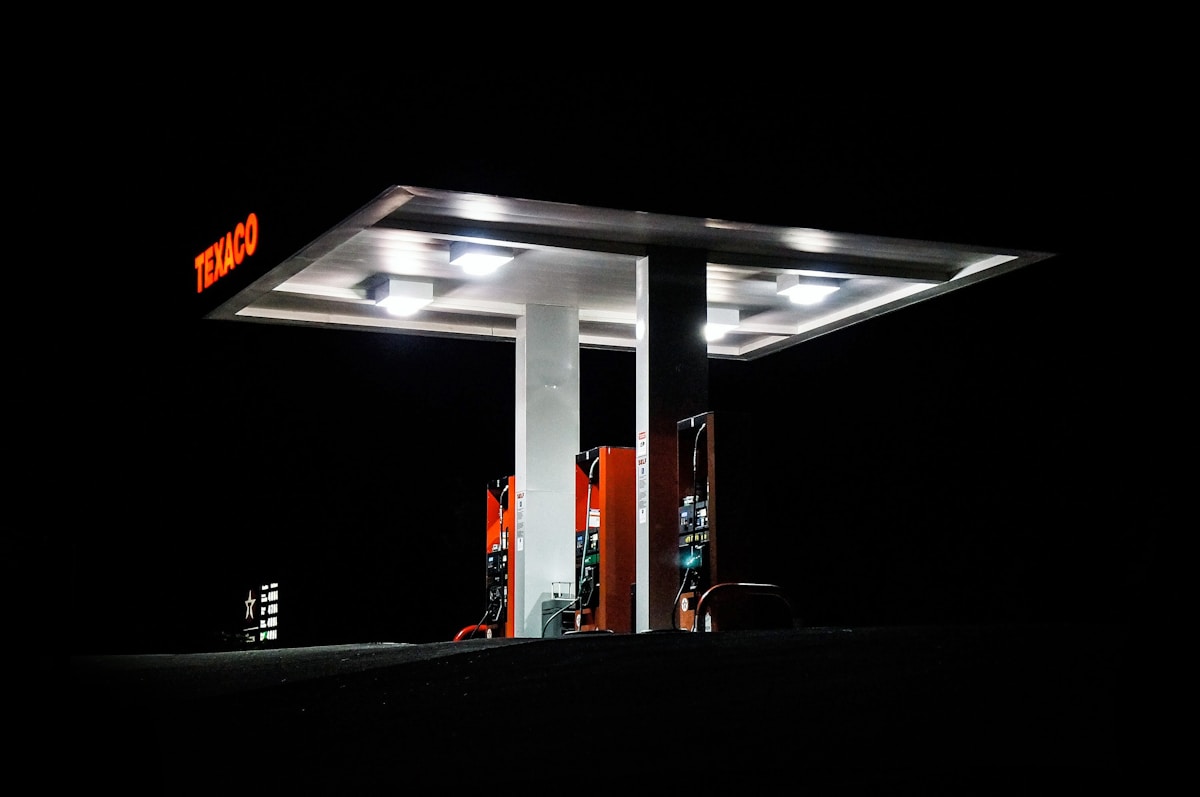
In recent years, the development of climate change has accelerated to alarming levels. Largely due to fossil fuels, the concentration of greenhouse gases is growing while the protective ozone layer is diminishing, and dangerously warming our planet by several degrees. To mitigate the effects of fossil fuels on our climate, researchers and government officials alike have considered a transition to the budding sector of biofuels.
With the potential to reshape our energy usage, biofuels present a source of renewable energy. Its natural compatibility with the carbon cycle offers an alternative that can both sustain our energy demands while establishing a relatively harmless resource that may last for the decades to come (Milledge and Heaven 2013).
As algae is one of the most abundant forms of organic matter, it bears the unique ability to grow in extreme conditions; as such, algae may serve as a viable source for biofuels.

In order to maximize the quantity of biofuel generated, we must thus determine the nutrients that optimize the growth of algae. In this experiment, we will determine the effect of nitrogen on the algae species C. reinhardtii.
We will examine the growth of C. reinhardtii under several different conditions with varying nitrogen levels, while holding all other nutrient levels constant. At its core, the growth of algae is a biochemical process closely linked with photosynthesis, which involves nutrients including nitrogen (Ross et al. 2018).
In fact, nitrogen itself is a common macronutrient necessary for protein formation and other integral biological processes (Sarvary 2020). Since nitrogen is generally less abundant in primary producers than other nutrients, it is typically known as a limiting nutrient. We hypothesize that nitrogen is a limiting nutrient for algal growth, and thus an increase in nitrogen concentration will increase the algal density as measured by a spectrophotometer.
In particular, we suspect that the maximum growth for C. reinhardtii will be reached at a nitrogen concentration of 0.075 g/mL. With greater quantities of algae, we can increase the amount of biofuel produced.
Proposed Methods

In broad terms, we intend to test the growth of C. reinhardtii in separate test tubes, each with a unique concentration of nitrogen. To do so, we require 18 test tubes, filtered lake water, and a spectrophotometer to measure optical density. The experiment will be conducted with a total of six levels, and three replicates per level.
The six levels we will use will span across several different nitrogen concentration degrees. According to an article published by the Food and Agriculture Organization of the United Nations (FAO), algae roughly live in a 5-8% nitrogen environment, loosely approximate to 0.050 g/mL to 0.080 g/mL (Concepts for Bioenergy from Algae 2005). As such, we will have concentrations of 0.000 g/mL, 0.012 g/mL, 0.021 g/mL, 0.045 g/mL, 0.075 g/mL, and 0.089 g/mL. This information is displayed in the table below.
Nitrogen Concentration and Replicates for Each Treatment

Figure 1: The table above shows the nitrogen concentrations and replicates for each of the six treatments
We will begin by filling the test tubes with filtered lake water and ensure that each tube contains a constant quantity of other essential nutrients (eg. phosphorus) of C. reinhardtii growth. Then, we will input a constant quantity of C. reinhardtii in each test tube to maintain consistency across all 18 test tubes.
Finally, we will add ammonium sulfate to each test tube at varying concentrations in order to add the respective concentrations of nitrogen to each test tube.
The independent variable of our experiment will be the concentration of nitrogen (g/mL) in the test tubes, whereas the dependent variable will be the algal cell density (cells/microliter). Our control group will be three test tubes with 0.000 g/mL nitrogen concentration because it represents the effect of no nitrogen on algae growth.
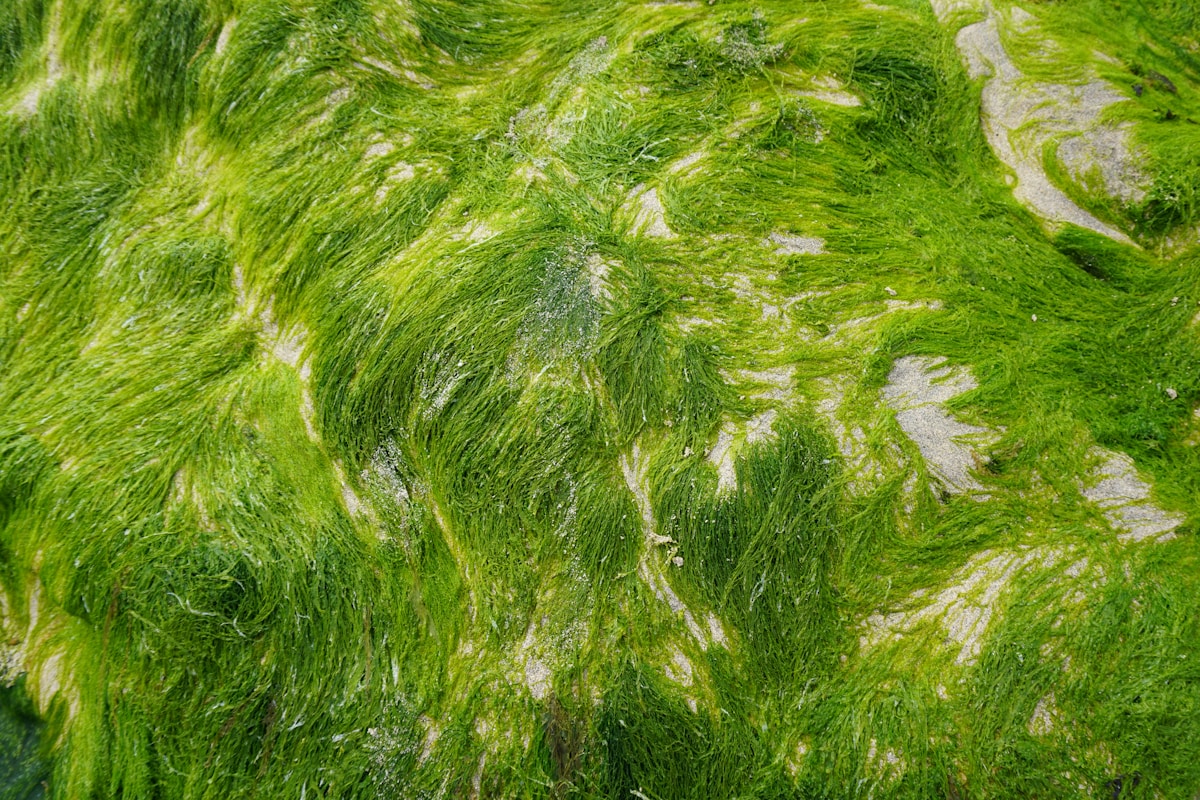
To record the data for our dependent variable, we will use a spectrophotometer, which will allow us to approximate the concentration of algae cells in each test tube. We can then analyze our results using a Spearman Rank Correlation test, since we are investigating the correlation between the nitrogen concentration (our independent variable) and the algal cell density (our dependent variable).
We will use the statistical software R to obtain statistical measures including the p-value and correlation coefficient. From here, we can analyze the data to determine the correlation between nitrogen concentration and algal cell density, and ultimately determine the optimal nitrogen concentration.
Despite the fact that the experimental design covers all bases, we will have to ensure that all confounding variables are taken into consideration, such as light or time.
Despite the fact that the experimental design covers all bases, we will have to ensure that all confounding variables are taken into consideration, such as light or time, As both of these could potentially prevent us from reaching a firm conclusion, we will ensure that all test tubes are measured under the same lighting conditions and over same time period.
Additionally, we should be sure to use the same type of cuvette for each trial and ensure that we only handle the cuvette with clean gloves and paper towels. Failing to do so will result in erroneous data points due to the tainted glass which will interfere with the spectrophotometer.
Anticipated Results
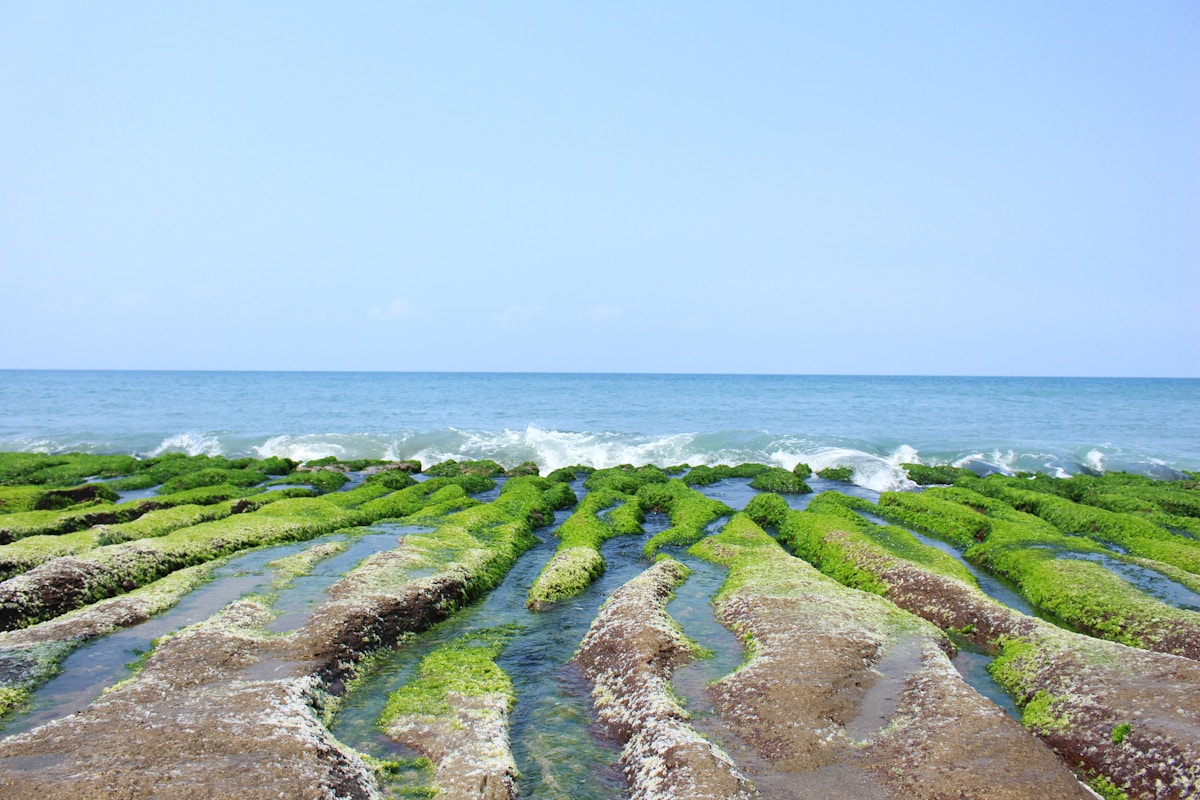
We expect that the test tubes with the 0.075 g/mL of nitrogen will yield the greatest growth of algae. In the aforementioned FAO article, it was estimated that algae lives in 5-8% nitrogen concentration (Concepts for Bioenergy from Algae 2005). Prior literature also holds that nitrogen is essential to algae growth as a chemical process, and thus higher nitrogen levels would result in greater algae growth (Savage et al. 2020). Given that algae primarily live in 5-8% nitrogen concentration environments, the highest concentration of nitrogen we tested that is within the range determined by literature is 0.075 g/mL. We believe that any greater nitrogen concentrations would hinder the growth of algae, and may even serve as catalysts for the negative marine life health effects of excessive algal bloom (Savary 2020).
Ultimately, we hope to find optimal conditions to support the growth of algae. The results of this experiment will shed light into this matter because they would inform us of the exact concentration of nitrogen that would best stimulate algae growth. By deducing the optimal nitrogen concentrations to produce algae, we will have further insight into the feasibility of algae to generate biofuels.
Written by Avhan Misra
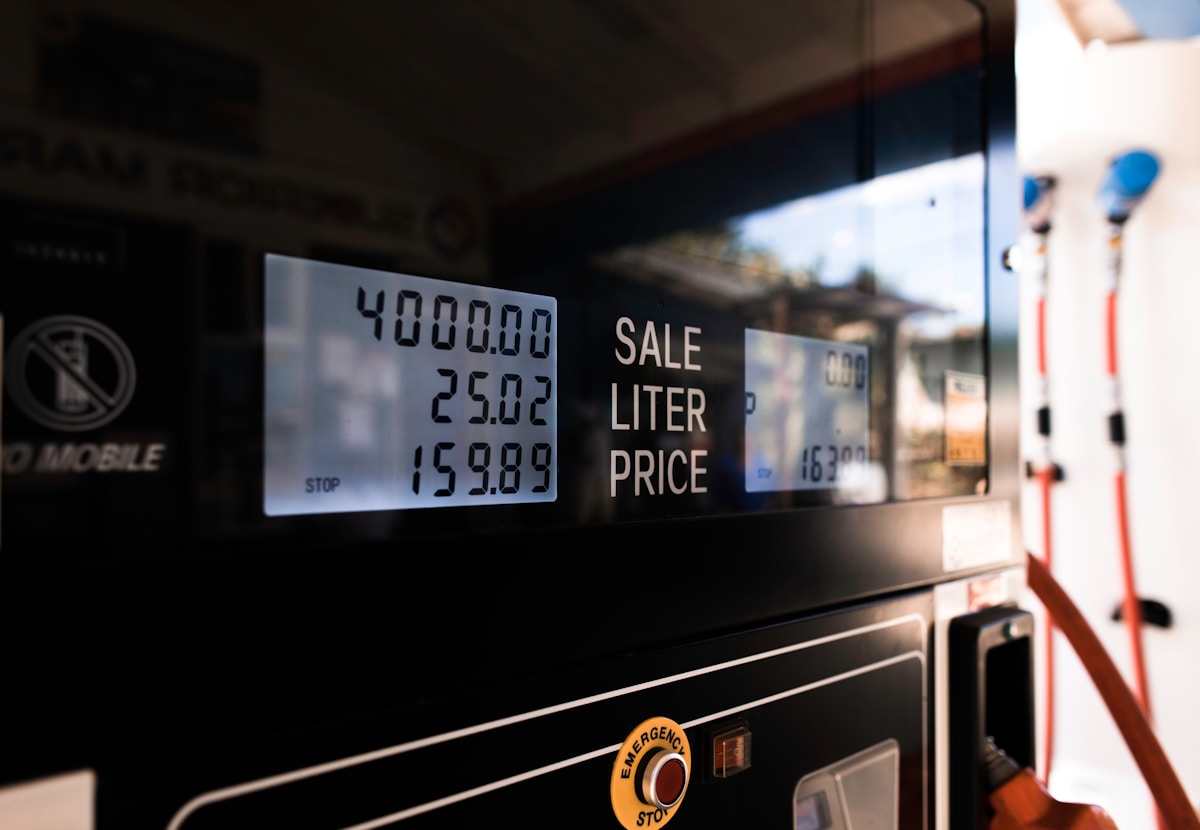
Bibliography
Concepts for Bioenergy from Algae. 2005. Food and Agriculture Organization of the United Nations. [accessed 2021 March 31st]. http://www.fao.org/3/i1199e/i1199e03.pdf. Milledge JJ, Heaven S. 2013. A review of the harvesting of micro-algae for biofuel production. Rev Environ Sci Biotechnol. 12(2):165–178.
Ross ME, Davis K, McColl R, Stanley MS, Day JG, Semião AJC. 2018. Nitrogen uptake by the macro-algae Cladophora coelothrix and Cladophora parriaudii: Influence on growth, nitrogen preference and biochemical composition. Algal Research. 30:1–10.
Sarvary MA. 2020. Growing microalgae for biofuel production, carbon sequestration, and food. In:Sarvary MA, editor. Investigative Biology: A Laboratory Text. Plymouth: Hayden-McNeil Publishing. 1-5.
Savage E, Nagle N, Laurens LML, Knoshaug EP. 2020. Nitrogen derived from Combined Algal Processing supports algae cultivation for biofuels. Algal Research. 50:101987.